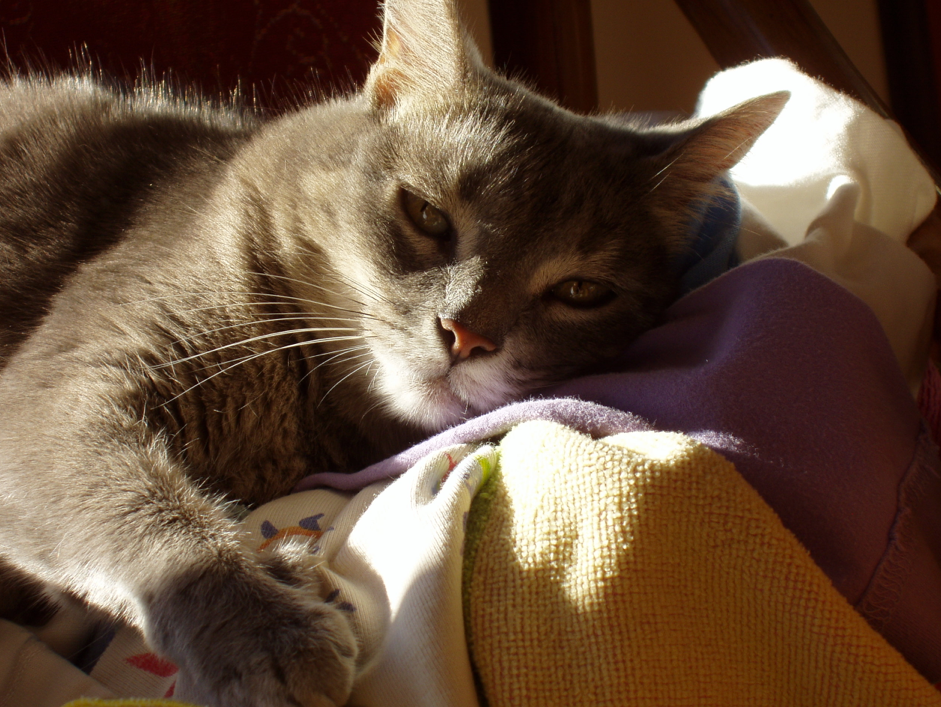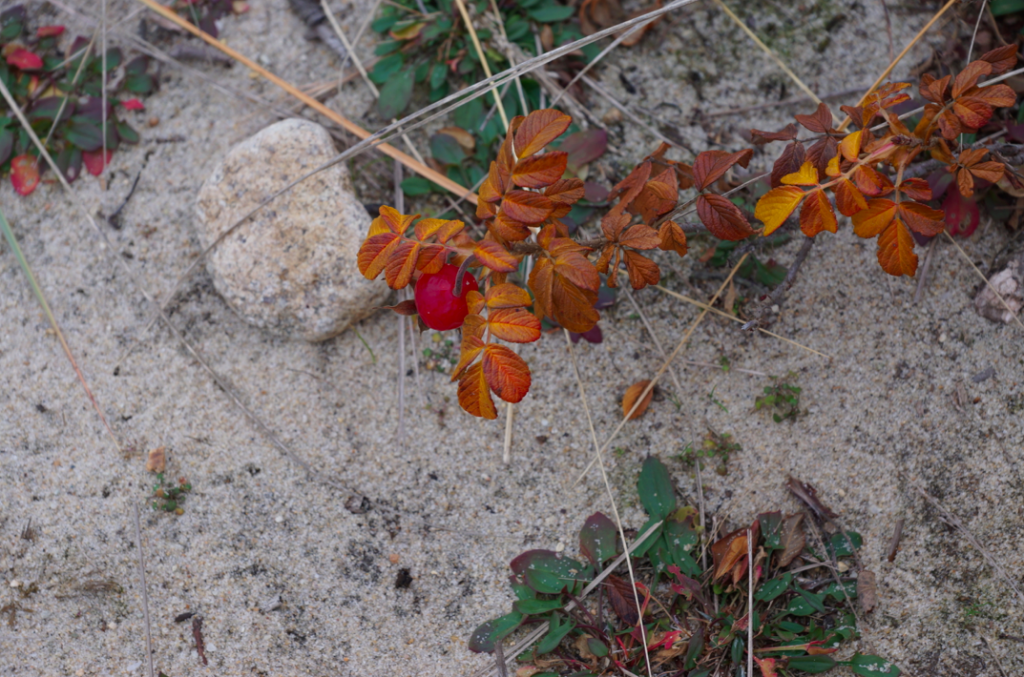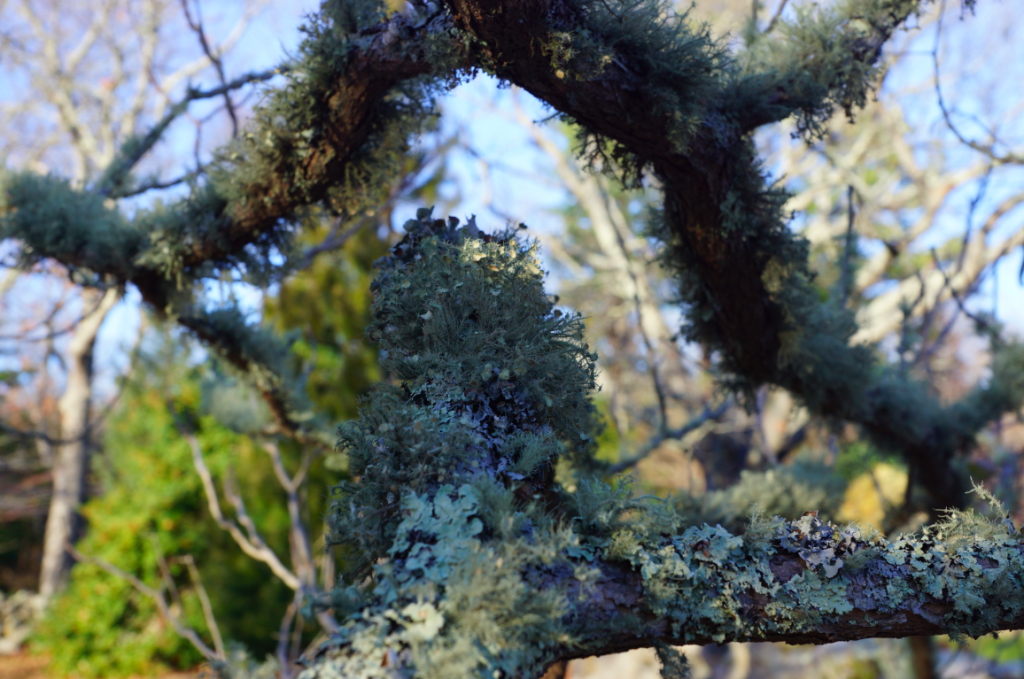 Photo: Pam White
Photo: Pam White
Sometimes life enforces a big rest. I have the flu. I am having a big, unsolicited rest. But was it unsolicited, or had I managed to tune out sufficiently to invite a collapse instead of a recuperation.
Maybe, but godson Jacob had a very runny nose and perhaps I missed a few hand washes – or got to the soap too late. In any case, I am down.
But resting doesn’t have to always look like Pachi, above – all grace, softness and light, or me with the tornado sneezes and subterranean cough. There are the other, more subtle rests. Those are the ones I want to talk about.
Rudolf Laban, discovered that factory works engaged in repetitive motion labor were less efficient that when small recuperative moments were salted into those repeated movements. Through working specifically with the rhythm of movement in qualitative patterning, their approaches improved efficiency, reduced fatigue, and increased job satisfaction. (Janet Kaylo) In Laban Movement Analysis, that means looking at not just how much energy is being expended, but what are the specific qualities those movements – quick/sustained, light/strong, direct/indirect, free/bound in their flow.
When I was watching JoAnn, Jacob ‘s Mom, I noticed that she used her eyes in a strong, piercing direct way. She is used to watching Jacob this way – always on guard, always ready. There is no recuperation and that tension in the eyes makes it way into the whole body. I invited her to let her vision take in Jacob in a more peripheral, global way and also to intersperse moments of letting her focus meander in a soft and intentional way, instead of being focused, laser-like on Jacob. Both of those are little recuperations.
Getting up from writing to walk from room to room, or get a glass of water, or step outside and look around – even if only for a few moments – is recuperative. A breath with attention is a recuperation. We don’t have to get sick or go to the Caribbean to feel better (although I do enjoy the latter).
Experiment with little recuperations. Right now I am lying in bed with my cat Ivy snuggled by my right side. I just took a moment from typing to stroke her and pay attention to how that felt and I feel refreshed.That was less than 10 seconds.
Recuperate and tell me what you discover.
 My friend, the poet Carol Dine, sent me this poem.
My friend, the poet Carol Dine, sent me this poem.

